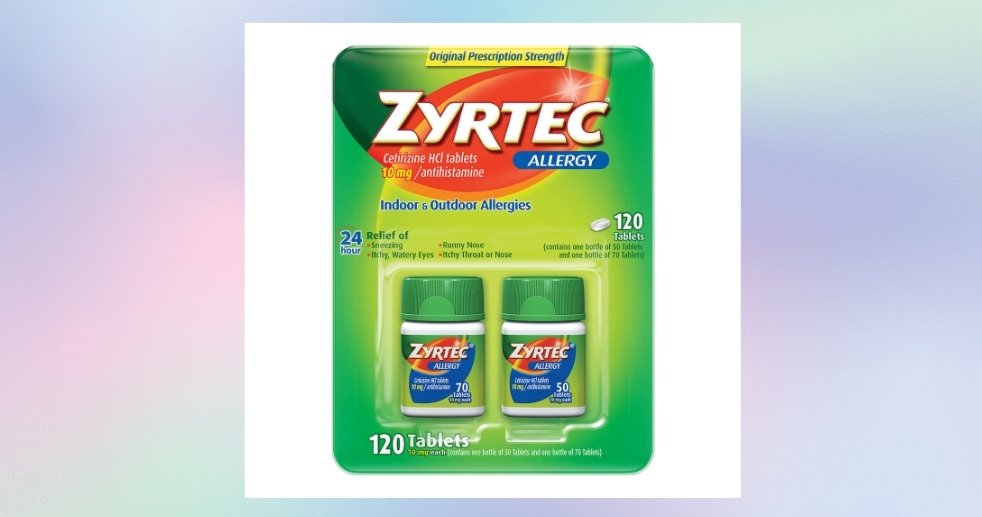
When it comes to providing relief for children suffering from allergies, Zyrtec has become a go-to solution for many parents. As a trusted antihistamine, Zyrtec offers effective relief from common allergy symptoms. However, as with any medication, it’s crucial to understand the proper usage, safety considerations, and dosages when administering Zyrtec to kids. In this comprehensive guide, we’ll explore everything you need to know about using Zyrtec for kids, ensuring their comfort and well-being.
Understanding Allergies in Kids
Children are susceptible to various allergens, ranging from pollen and pet dander to dust mites and certain foods. Allergies can lead to uncomfortable symptoms like sneezing, runny nose, itchy eyes, and skin rashes. Zyrtec, with its active ingredient cetirizine, works by blocking histamines, which are responsible for causing these allergy symptoms.
Safety First: Consultation with a Pediatrician
Before introducing any new medication to your child’s routine, it’s vital to consult their pediatrician. A medical professional can assess your child’s specific condition, medical history, and potential interactions with other medications. This step ensures that Zyrtec is a suitable choice for your child and helps determine the correct dosage.
Appropriate Dosage Guidelines
Zyrtec is available in various forms, including oral drops, chewable tablets, and syrup. The dosage for children depends on their age and weight:
1. Children aged 2 to 6: The recommended dosage is usually 2.5 mg (half a teaspoon of syrup or ½ teaspoon of oral drops) once a day.
2. Children aged 6 to 12: The typical dosage increases to 5 mg (one teaspoon of syrup or one full dropper of oral drops) once daily.
For children above 12 years old, the adult dosage of 10 mg per day can be considered, but always under the guidance of a healthcare professional.
Dos and Don’ts of Administering Zyrtec
Do: Administer Zyrtec with a meal to minimize the risk of an upset stomach.
Do: Use the measuring device provided with the medication to ensure accurate dosing.
Don’t: Exceed the recommended dosage unless advised by a doctor.
Don’t: Give Zyrtec along with other antihistamines without medical guidance, to avoid overdosing.
Monitoring for Side Effects
While Zyrtec is generally well-tolerated, it’s essential to be vigilant for any adverse reactions. Common side effects might include drowsiness, headache, and stomach upset. If your child experiences any severe symptoms like difficulty breathing or a rapid heartbeat, seek medical attention immediately.
Long-term Usage and Allergies Management
Zyrtec can be used on a short-term or long-term basis, depending on the severity of your child’s allergies. However, it’s crucial to explore allergy management beyond medication. Identifying and minimizing exposure to allergens, using allergen-proof bedding, and keeping living spaces clean can significantly contribute to your child’s well-being.
In the journey of raising a healthy and happy child, managing allergies is a significant aspect. Zyrtec, with its proven track record, can provide much-needed relief to children suffering from allergy symptoms. Remember, a consultation with a pediatrician is paramount before starting any new medication. By following appropriate dosage guidelines, monitoring for side effects, and complementing medication with allergen management, you’re ensuring that your child’s allergies are under control. With Zyrtec’s help and your proactive measures, your child can enjoy the world without the discomfort of allergies holding them back.
